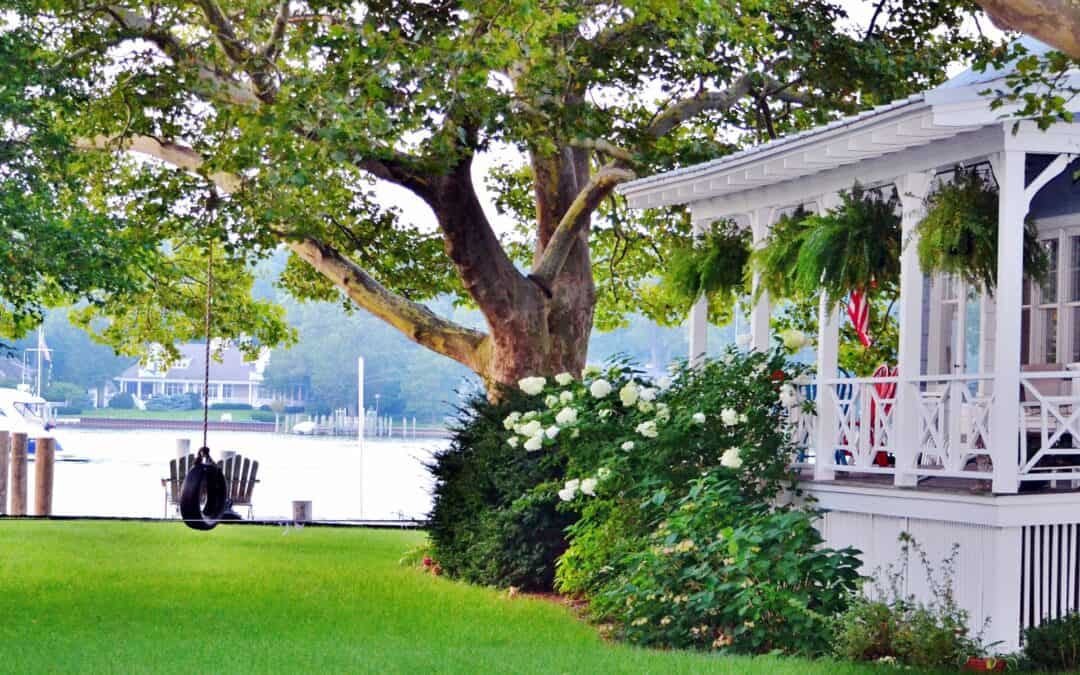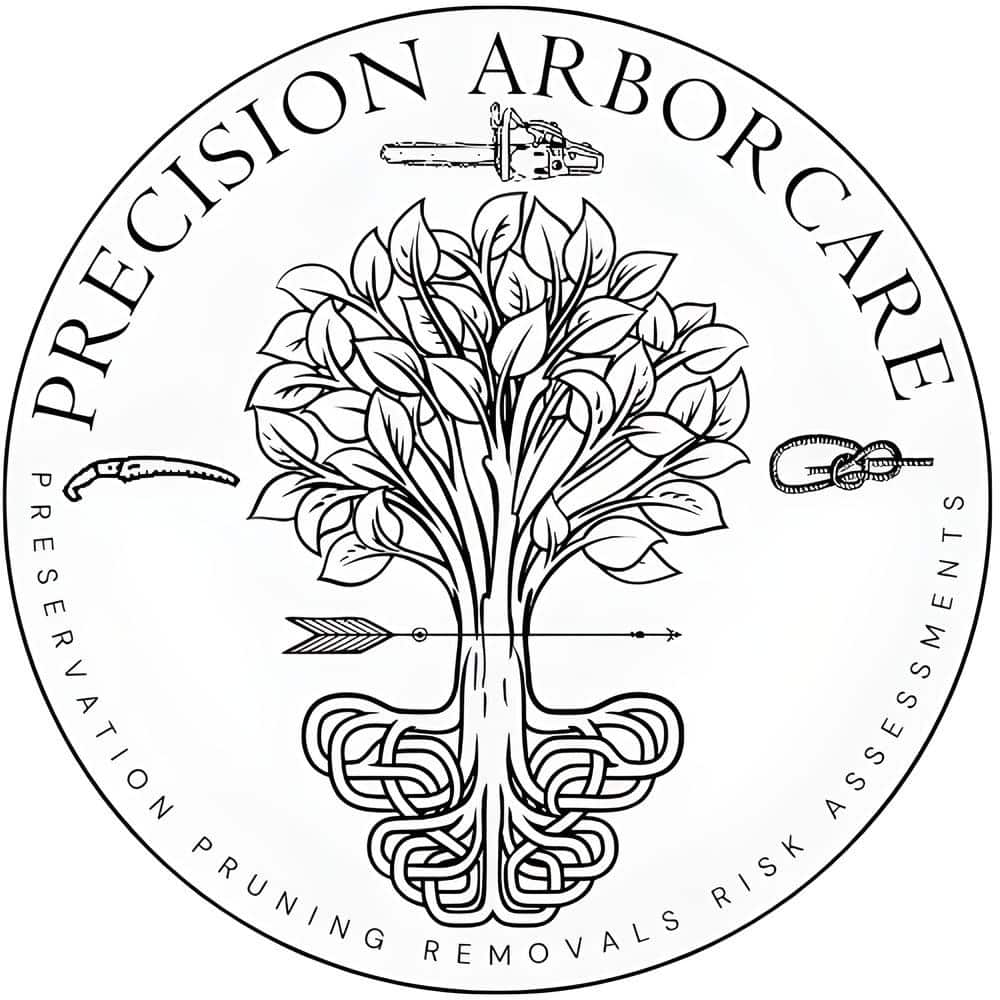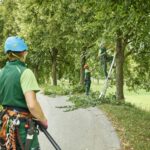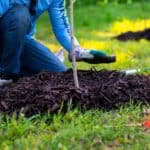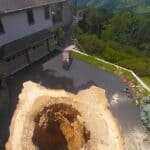A well-shaped tree is a nice touch, but its benefits reach far beyond first impressions. Regular tree trimming supports structural integrity, boosts safety, and even encourages healthier landscapes. Trimming your trees doesn’t just make your property look polished—it helps protect your long-term investment. These lesser-known reasons are worth every snip and cut, and knowing what’s at stake may change how you think about seasonal tree care.
Why Tree Trimming Matters Beyond Looks
Tree trimming improves more than just curb appeal—it protects property, promotes growth, and helps prevent hazards. A local business owner once discovered that trimming back a few sagging limbs saved his signage from storm damage and brightened up his storefront. The added visibility brought in more foot traffic, and the improved tree health kept maintenance costs low for years. Stories like that are common, and they illustrate how a little seasonal upkeep goes a long way.
-
Healthy trees are less likely to shed limbs unexpectedly
-
Cutting back growth reduces weight strain on trunks and branches
-
A well-maintained tree canopy allows sunlight to reach lawns and plants
1. Improves Overall Tree Health
Cutting dead, diseased, or insect-infested branches can restore a tree’s strength before it’s too late. Trimming helps trees breathe—literally. When air can flow more freely through the canopy, it lowers moisture and fungal buildup, which are leading causes of tree rot.
-
Proper trimming reduces the risk of tree decline
-
Removing weak limbs helps redirect energy to stronger growth points
-
Healthier trees require fewer chemical treatments over time
The USDA Forest Service notes that proactive maintenance extends the lifespan of urban trees by up to 50%. It’s not just about shaping branches—it’s about nurturing the entire organism from the roots up.
2. Reduces Risk of Property Damage
An overgrown tree with heavy limbs hovering above a roof isn’t just unsightly—it’s risky. Tree trimming significantly reduces the chance of storm-related damage to your home, garage, fence, or parked vehicles. Every year, thousands of homeowners file insurance claims from falling limbs that could’ve been prevented.
-
Branches near power lines can lead to outages or fires
-
Untrimmed trees may block emergency access points
-
Strong winds can turn overgrowth into projectiles
According to the Insurance Information Institute, wind and hail damage accounted for nearly 40% of all homeowners insurance claims in recent years. Trees in poor shape often contribute to that statistic.
3. Promotes Healthy, Directed Growth
Trimming while trees are young creates a blueprint for strong, stable growth later. Unchecked branching can cause trees to grow lopsided, lean toward structures, or collapse under their own weight. Trained arborists know how to shape trees so they distribute weight evenly and develop a supportive trunk structure.
-
Strategic trimming prevents double leaders and weak forks
-
Directing growth helps trees survive storms with less damage
-
Balanced canopies look better and last longer
Healthy growth isn’t just about surviving storms—it also gives your landscape a cleaner, more deliberate appearance over time.
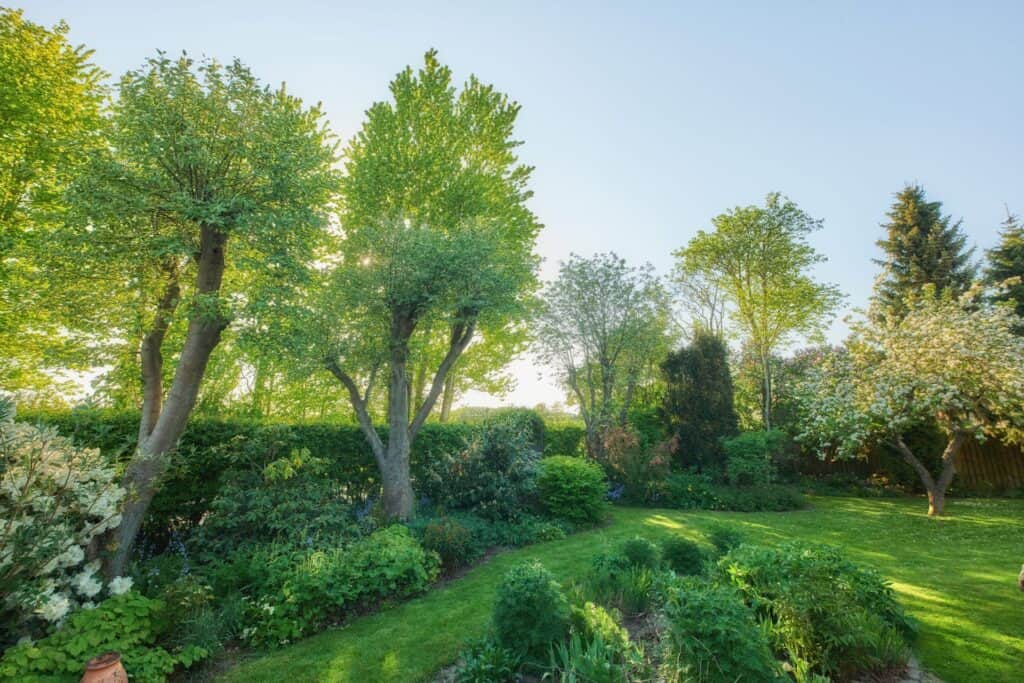
4. Improves Safety for People and Pets
A heavy limb snapping above a backyard barbecue is more than an inconvenience—it’s dangerous. Tree trimming eliminates hazards before they turn into emergencies. Whether in residential neighborhoods or around commercial lots, safety should always be part of the conversation.
-
Trimming clears sightlines near driveways and roadways
-
Removing low-hanging limbs improves pedestrian paths
-
Trees near playgrounds or patios need regular inspection
The Occupational Safety and Health Administration (OSHA) recommends tree risk assessment and routine maintenance near public spaces to prevent injuries caused by unstable limbs.
5. Increases Sunlight and Visibility
Overgrown trees can create dark, damp environments that block natural light and encourage mold, algae, and lawn die-off. A carefully trimmed canopy brings balance to the light reaching the ground. More sunlight means better grass, healthier shrubs, and less maintenance.
-
More light discourages moss and mildew on roofs and siding
-
Increased visibility supports home security and camera function
-
Better sun access benefits nearby gardens and flower beds
According to Energy.gov, proper tree placement and trimming can even reduce heating and cooling costs by improving airflow and passive solar gain.
6. Helps Deter Pests and Nuisance Wildlife
Trees that touch rooftops or siding act like ladders for raccoons, squirrels, and other unwelcome visitors. Trimming trees limits access and creates clear space that discourages nesting and chewing. Insects like termites and carpenter ants also use overgrowth to access buildings.
-
Shortened branches reduce bridge points to roofs and eaves
-
Fewer shaded pockets mean fewer insect nesting spots
-
Less moisture retention helps avoid fungal growth
The CDC suggests trimming trees as part of an integrated pest management strategy, especially in regions with frequent rodent and insect issues.
7. Protects Landscape and Property Value
Well-maintained trees show care and attention to detail, which reflects in overall property value. Buyers often interpret a clean, healthy landscape as a sign the entire home is well-kept. Appraisers may note tree condition during home evaluations, and insurance companies sometimes offer lower rates for properties with documented maintenance.
-
Homes with healthy trees sell faster and for more money
-
Landscaping improvements can yield up to a 150% return
-
Tree care keeps surrounding plants and grass thriving
The National Association of Realtors reports that mature trees can increase home value by up to 15%, especially when they’re not blocking windows or threatening structures.
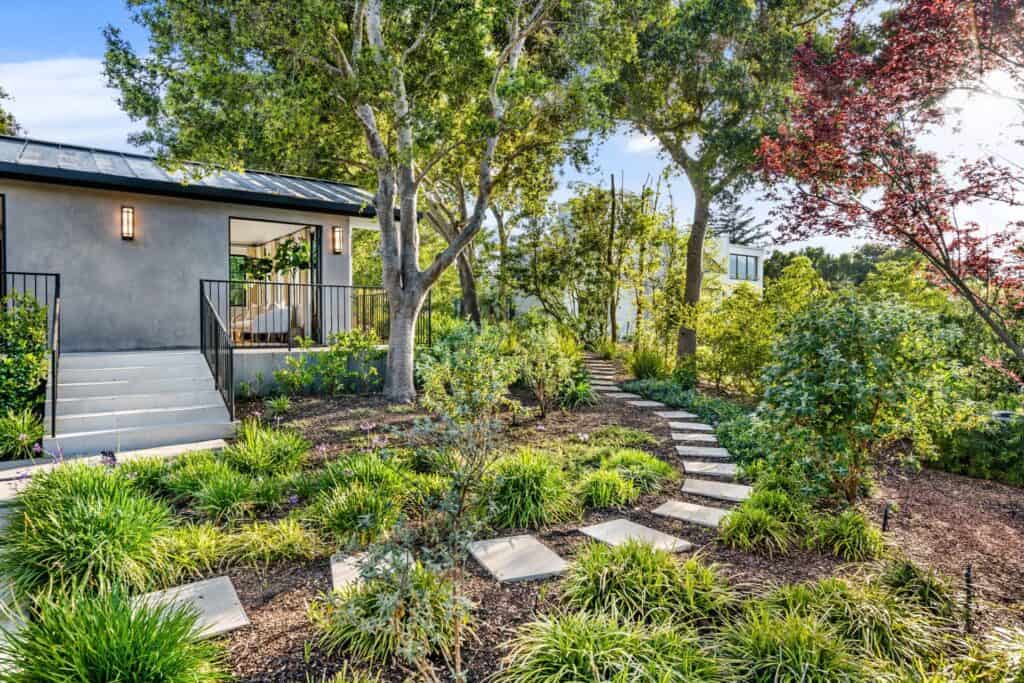
Key Takeaways on Tree Trimming Benefits
Tree trimming improves more than just curb appeal. It protects your investment by supporting tree health, reducing hazards, and enhancing the beauty of your surroundings. Regular trimming also improves air quality, supports local biodiversity, and helps create outdoor spaces that feel clean and safe.
-
Proper trimming extends tree lifespan and reduces decay
-
Regular maintenance prevents injuries and storm-related damage
-
Sunlight access and pest control both benefit from strategic cuts
-
Property value and landscape aesthetics see measurable gains
Frequently Asked Questions
Why does trimming help a tree stay healthy?
Cutting away dead or weak limbs allows the tree to focus nutrients where they’re needed most. This reduces stress on the tree and promotes stronger, more sustainable growth.
When is the best time of year to trim trees?
Most trees benefit from trimming during dormancy, typically late fall through early spring. This timing helps minimize stress and reduces exposure to pests and diseases.
Can tree trimming really affect home value?
Yes. Trees that are well-shaped and properly maintained add to a home’s visual appeal and perceived upkeep, which can positively influence both appraisal and buyer interest.
How often should trees be trimmed?
It depends on the species, location, and age of the tree. Most mature trees benefit from trimming every 3 to 5 years, while younger trees may need more frequent attention to establish strong structure.
What risks come from not trimming trees?
Untrimmed trees can lead to broken limbs, power outages, pest infestations, and even structural damage to your home or business. These issues are often more expensive to fix than regular maintenance would have been.
Precision Arborcare is your trusted arborist for expert tree services in Asheville, NC. Built on a passion for trees and a commitment to providing top-quality arborist care, our company excels in technical skills while prioritizing clear communication, customer satisfaction, and safety. Our team consists of certified arborists and tree care professionals dedicated to enhancing and preserving the natural beauty of your landscape. We pride ourselves on being approachable, friendly, and professional arborists, ensuring that our clients feel confident and informed throughout every step of their tree care journey. Precision Arborcare offers tailored arborist services to meet the specific needs of each client, from routine maintenance and emergency tree services to specialized care for your trees.
